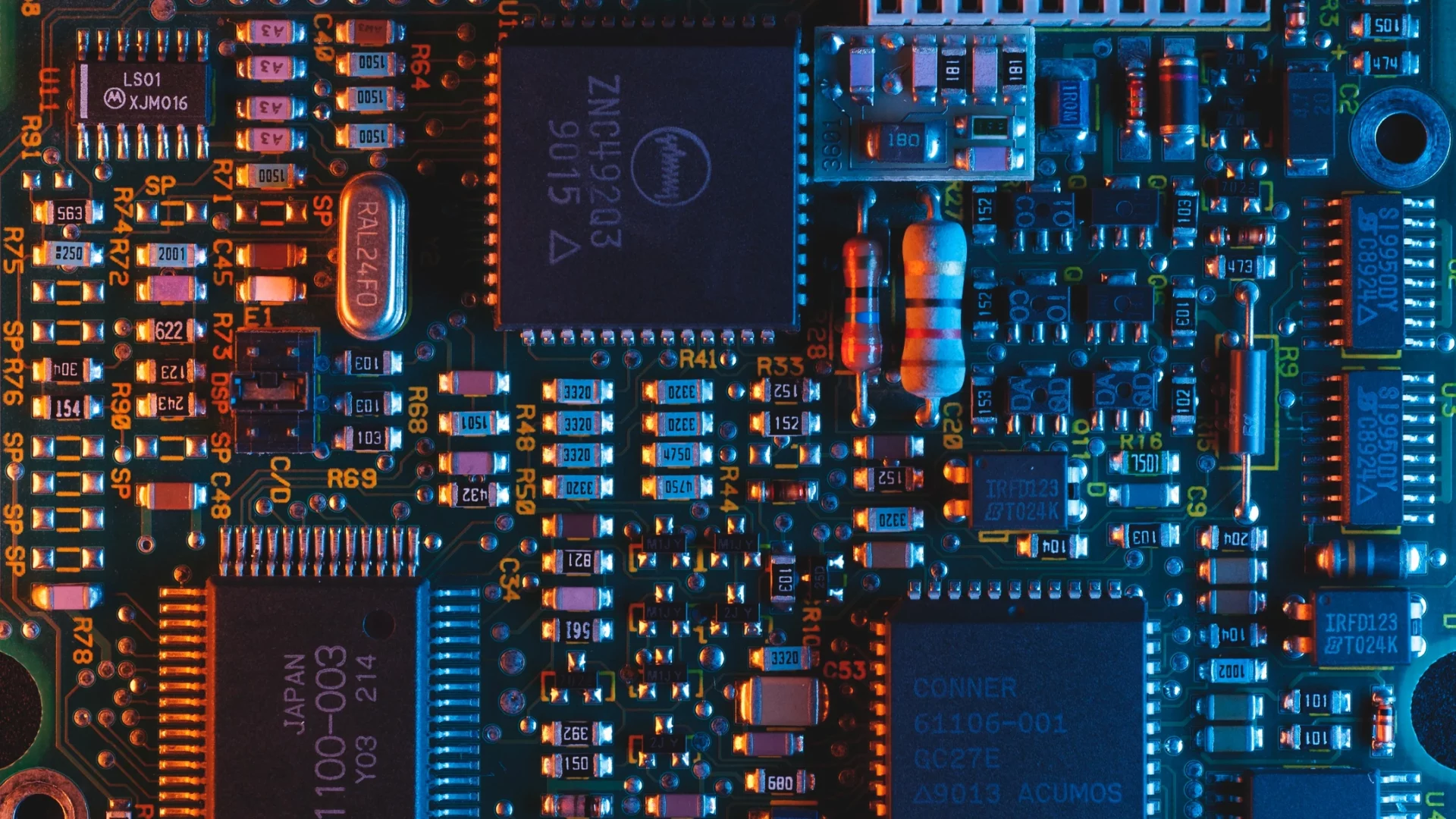The Future of the Semiconductor Market
30. January 2023
The semiconductor industry has always been a cyclical business. Phases of shortage are typically followed by overproduction of the desired microchips. But in the current shortage situation, everything seems to be different, and experts doubt that the market will recover fully in the foreseeable future. We look at the future of the industry and reflect on how the shortage can be overcome long term.
The EU and USA Are Putting Together Investment Packages
The EU plans to invest 43 billion euros in the expansion of European chip production as part of a legislative initiative, also known as the European Chips Act. The goal is to double the EU’s market share of worldwide production to one-fifth by 2030 and to reduce its reliance on Asian manufacturers. The U.S. is also making major investments with its own CHIPS and Science Act. Almost 53 billion U.S. dollars are to flow into the construction of U.S. fabs in the future.
Experts from the consulting firm McKinsey expect the global semiconductor industry to grow by six to eight percent annually during this decade. This means it is likely to break the trillion-dollar sales mark by 2030.
The System Is Broken
Remote work, AI, and electric cars are among the numerous social developments and technology trends boosting expected to boost demand for semiconductors in the coming years. n the automotive industry alone, about 13 percent more chips are needed each year. And since numerous industries work with just-in-time processes to save storage costs, they have no buffer in shortage situations. Supply and demand must therefore be precisely matched – otherwise, there is a risk of production halts.
This finely tuned semiconductor system is currently in trouble. Manufacturers of electrical appliances or cars usually receive entire assemblies from suppliers in which the chips are already integrated. What works well when supply and demand for semiconductors are in balance can falter at the slightest shake-up in the supply chain. And since manufacturers have no direct influence on chip production, they are at the mercy of shortages.
The Easing of the Situation Is Not Guaranteed
What is certain is that investments currently being made by governments and companies in the construction of semiconductor factories will ease the market situation for the time being. That is despite the fact that many companies will still suffer from the lag effects. A market decline of around 22 percent is already expected for 2023. Yet, from as early as 2025, demand will have risen so sharply that shortages return.
To keep pace with digitization, large- and medium-sized companies are increasingly migrating their IT infrastructure to the cloud. Huge quantities of semiconductors are needed to build the data centers required for this purpose. Companies such as Amazon Web Services (AWS) consequently tend to work directly with chip manufacturers so that they are given preferential delivery. Nevertheless, this could change in the next few years, as AWS is currently working on its own chip production.
Another reason why the situation in the semiconductor market will not ease in the long term is the increasing automation of vehicles – not to mention the fact that more chips will be needed for their new driving assistance systems. Experts estimate that by 2025 the semiconductor share per vehicle will rise from the current 712 U.S. dollars to 931 U.S. dollars.
Companies Need to Rethink Their Supply Chains
Be it global political conflicts, pandemics, or the investment freeze – the future of the semiconductor market is uncertain and volatile. If companies want to be successful in the long term, they must make their own procurement strategy as resilient as possible. To do so, it is essential to rethink supply chains. Manufacturers must be given the opportunity to directly influence chip production by gaining access to industry sourcing experts, who can support manufacturers in shortage situations and become long-term trusted supply chain partners. They help companies proactively prepare for shortages, become a direct connection to the semiconductor industry, and provide alternative sourcing solutions for them.


